Daniele Della Latta
Deep-learning Segmentation of Small Volumes in CT images for Radiotherapy Treatment Planning
Apr 05, 2024



Abstract:Our understanding of organs at risk is progressing to include physical small tissues such as coronary arteries and the radiosensitivities of many small organs and tissues are high. Therefore, the accurate segmentation of small volumes in external radiotherapy is crucial to protect them from over-irradiation. Moreover, with the development of the particle therapy and on-board imaging, the treatment becomes more accurate and precise. The purpose of this work is to optimize organ segmentation algorithms for small organs. We used 50 three-dimensional (3-D) computed tomography (CT) head and neck images from StructSeg2019 challenge to develop a general-purpose V-Net model to segment 20 organs in the head and neck region. We applied specific strategies to improve the segmentation accuracy of the small volumes in this anatomical region, i.e., the lens of the eye. Then, we used 17 additional head images from OSF healthcare to validate the robustness of the V Net model optimized for small-volume segmentation. With the study of the StructSeg2019 images, we found that the optimization of the image normalization range and classification threshold yielded a segmentation improvement of the lens of the eye of approximately 50%, compared to the use of the V-Net not optimized for small volumes. We used the optimized model to segment 17 images acquired using heterogeneous protocols. We obtained comparable Dice coefficient values for the clinical and StructSeg2019 images (0.61 plus/minus 0.07 and 0.58 plus/minus 0.10 for the left and right lens of the eye, respectively)
Unsupervised Data Selection for Supervised Learning
Oct 29, 2018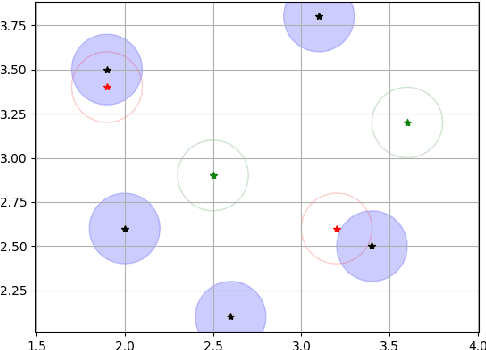
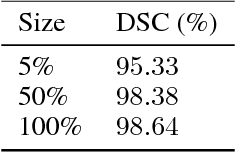
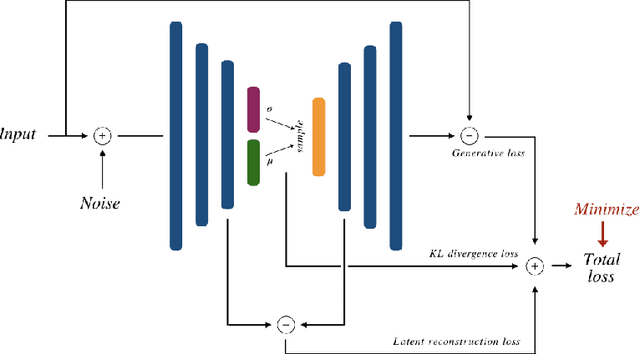
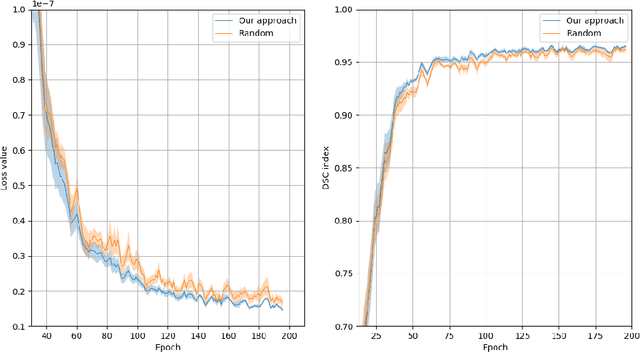
Abstract:Recent research put a big effort in the development of deep learning architectures and optimizers obtaining impressive results in areas ranging from vision to language processing. However little attention has been addressed to the need of a methodological process of data collection. In this work we show that high quality data for supervised learning can be selected in an unsupervised manner and that by doing so one can obtain models capable to generalize better than in the case of random training set construction.
Training of a Skull-Stripping Neural Network with efficient data augmentation
Oct 25, 2018


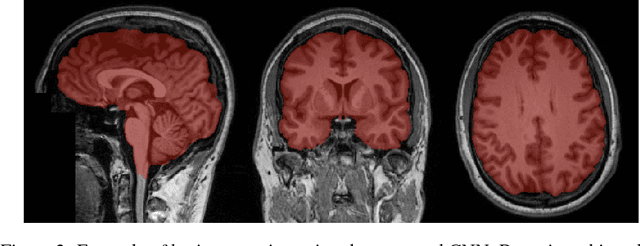
Abstract:Skull-stripping methods aim to remove the non-brain tissue from acquisition of brain scans in magnetic resonance (MR) imaging. Although several methods sharing this common purpose have been presented in literature, they all suffer from the great variability of the MR images. In this work we propose a novel approach based on Convolutional Neural Networks to automatically perform the brain extraction obtaining cutting-edge performance in the NFBS public database. Additionally, we focus on the efficient training of the neural network designing an effective data augmentation pipeline. Obtained results are evaluated through Dice metric, obtaining a value of 96.5%, and processing time, with 4.5s per volume.
Convolutional Neural Networks for the segmentation of microcalcification in Mammography Imaging
Sep 11, 2018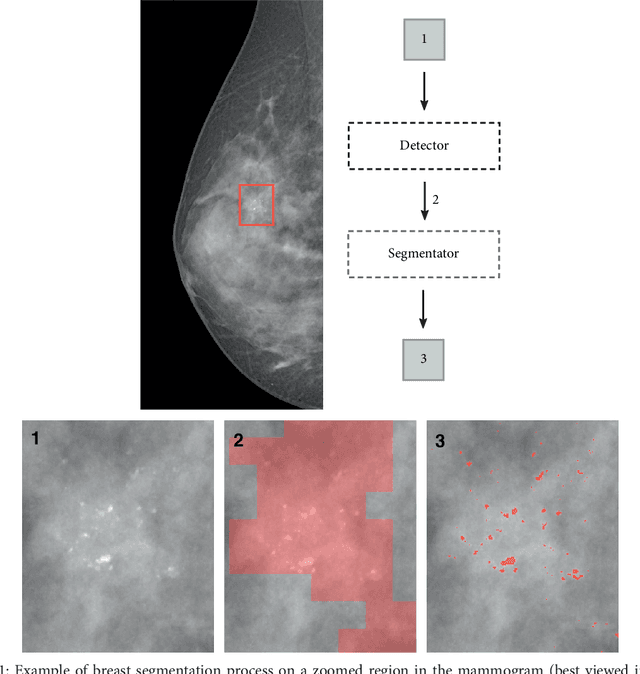

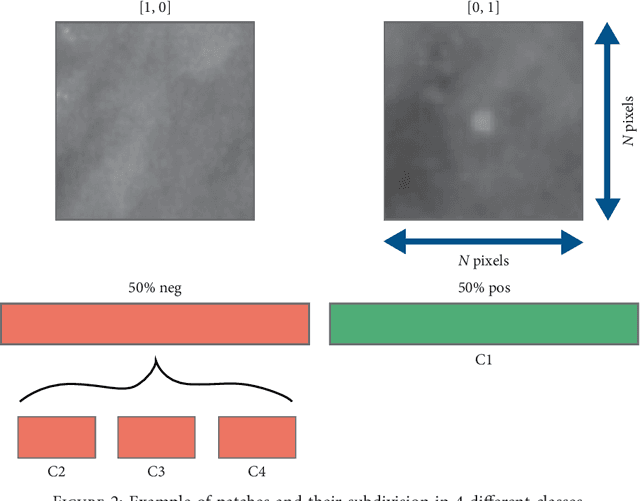

Abstract:Cluster of microcalcifications can be an early sign of breast cancer. In this paper we propose a novel approach based on convolutional neural networks for the detection and segmentation of microcalcification clusters. In this work we used 283 mammograms to train and validate our model, obtaining an accuracy of 98.22% in the detection of preliminary suspect regions and of 97.47% in the segmentation task. Our results show how deep learning could be an effective tool to effectively support radiologists during mammograms examination.
Synthetic contrast enhancement in cardiac CT with Deep Learning
Jul 02, 2018



Abstract:In Europe the 20% of the CT scans cover the thoracic region. The acquired images contain information about the cardiovascular system that often remains latent due to the lack of contrast in the cardiac area. On the other hand, the contrast enhanced computed tomography (CECT) represents an imaging technique that allows to easily assess the cardiac chambers volumes and the contrast dynamics. With this work we aim to face the problem of extraction and presentation of these latent information, using a deep learning approach with convolutional neural networks. Starting from the extraction of relevant features from the image without contrast medium, we try to re-map them on features typical of CECT, to synthesize an image characterized by an attenuation in the cardiac chambers as if a virtually iodine contrast medium was injected. The purposes are to guarantee an estimation of the left cardiac chambers volume and to perform an evaluation of the contrast dynamics. Our approach is based on a deconvolutional network trained on a set of 120 patients who underwent both CT acquisitions in the same contrastographic arterial phase and the same cardiac phase. To ensure a reliable predicted CECT image, in terms of values and morphology, a custom loss function is defined by combining an error function to find a pixel-wise correspondence, which takes into account the similarity in term of Hounsfield units between the input and output images and by a cross-entropy computed on the binarized versions of the synthesized and of the real CECT image. The proposed method is finally tested on 20 subjects.
 Add to Chrome
Add to Chrome Add to Firefox
Add to Firefox Add to Edge
Add to Edge